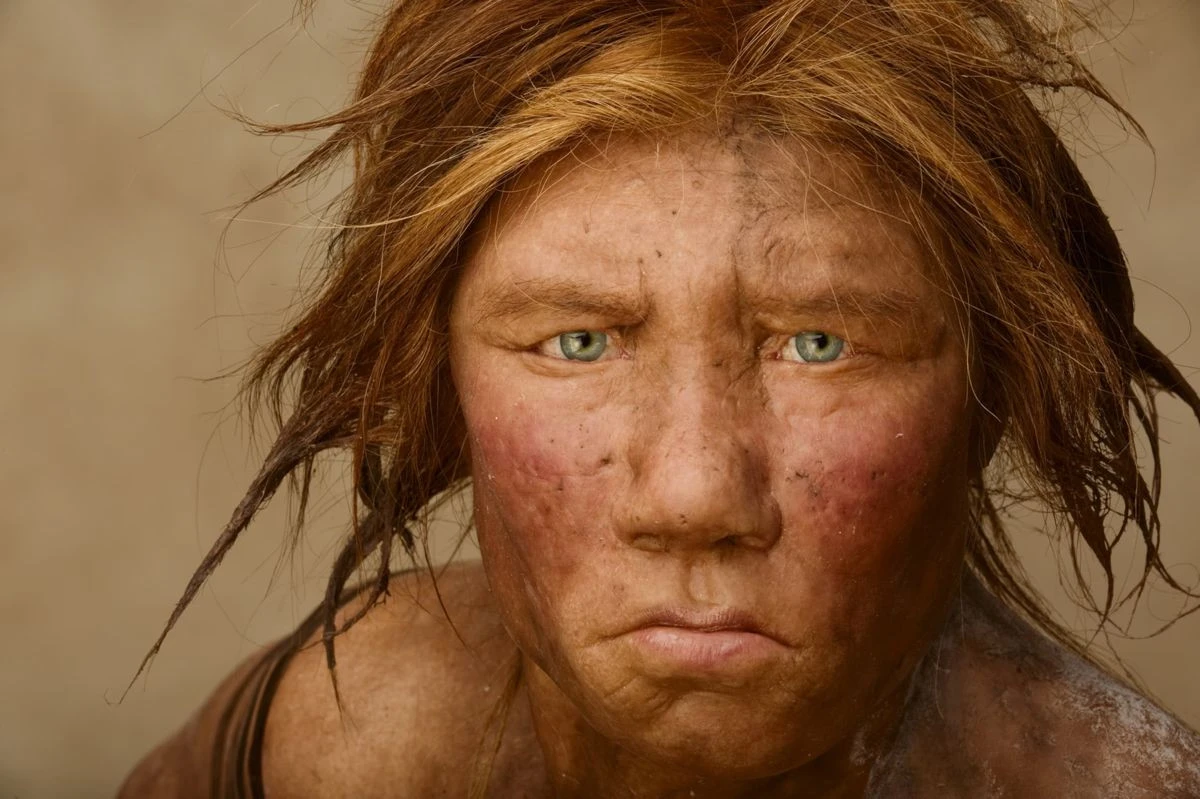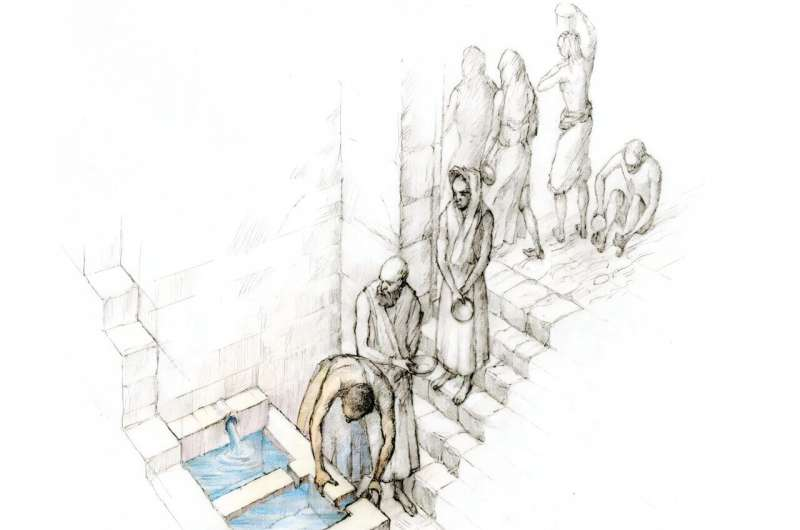At the well-known site of Chichén Itzá in southern Mexico, a stone disk depicting an old Maya ball game was discovered. The game, commonly referred to as "pelota" (literally, "ball"), is said to have been extremely important to the social and political life of the Maya Empire, and archaeologists believe that the artifact may be a memorial to a match that took place more than 1,100 years ago.
The artifact is a rare example of a complete Maya text
The engraving on the object, known as the Disk of the Pelota Players, features two figures dressed in traditional pelota attire and is bordered by a band of glyphic writing. Researchers discovered a reference to a Maya calendar date that corresponds to the year 894 CE within the inscription.
The relic, which is 32.5 centimeters (12.8 inches) in diameter and weighs 40 kilograms (88.2 pounds), was discovered inside of a building known as the Casa Colorada (Colorful House). The complex, also known as Chichanchob, was named after its red-painted interiors and had a pelota court.
According to an announcement made by Mexico's National Institute of Anthropology and History, archaeologist Francisco Pérez Ruiz, "it's rare to find hieroglyphic writing at this site, and even rarer to find a whole book" (INAH). "Eleven years have passed since that incident."
The disk most likely dates to the Terminal Classic or Early Postclassic Maya era based on the date indicated in the inscription. Pérez Ruiz asserts that the painting likely commemorated a significant pelota contest that was taking place at the Casa Colorada at the time.
The individual on the left is wearing a feathered headdress and a ribbon with a flower-shaped motif, most likely a water lily, according to archaeologist Santiago Alberto Sobrino Fernández who described the etched artwork. A scroll, which could be read as breath or voice, is directly below the face.
"The opposing player is donning a "snake turban," a headpiece that has frequently been seen at Chichén Itzá. To play pelota, the person dons protective clothes.
Although additional analysis of the inscription may shed light on both the nature of the match and the final score, neither the identity of the participants memorialized on the disk nor the result of the game are known.
The Yucatan Peninsula is home to Chichén Itzá, one of the biggest Maya towns. The location has a central pelota court that is considerably larger than that at the Casa Colorada, and it is believed that many matches were played there when it was at its busiest.
Players in pelota often propelled a rubber ball with their hip, elbow, or knee. Experts think the game had symbolic meaning, and earlier research revealed that some pelota balls may have even contained the ashes of deceased Mayan emperors.







